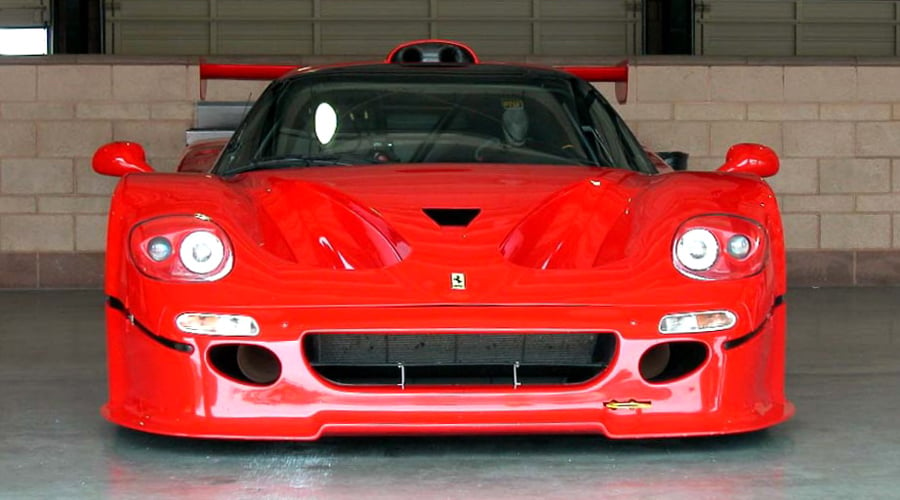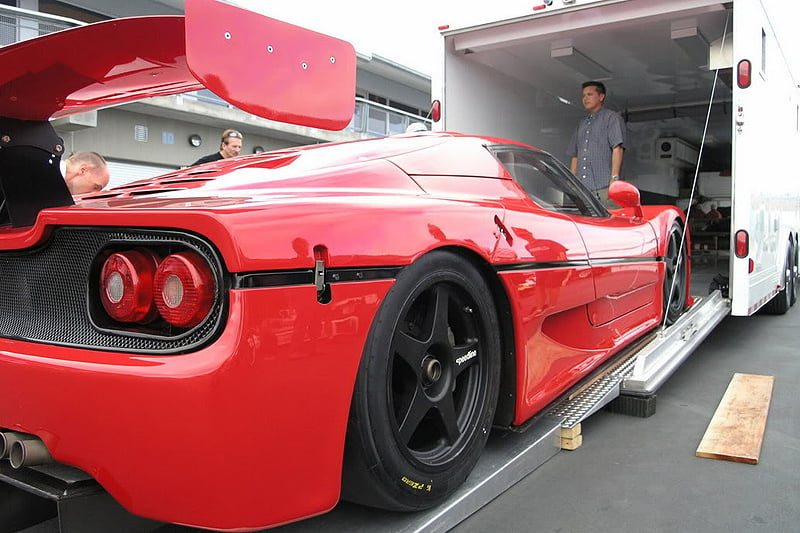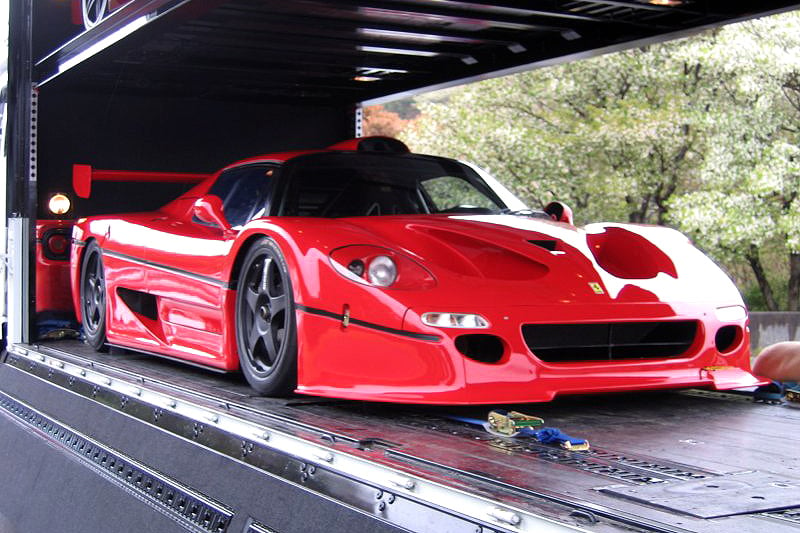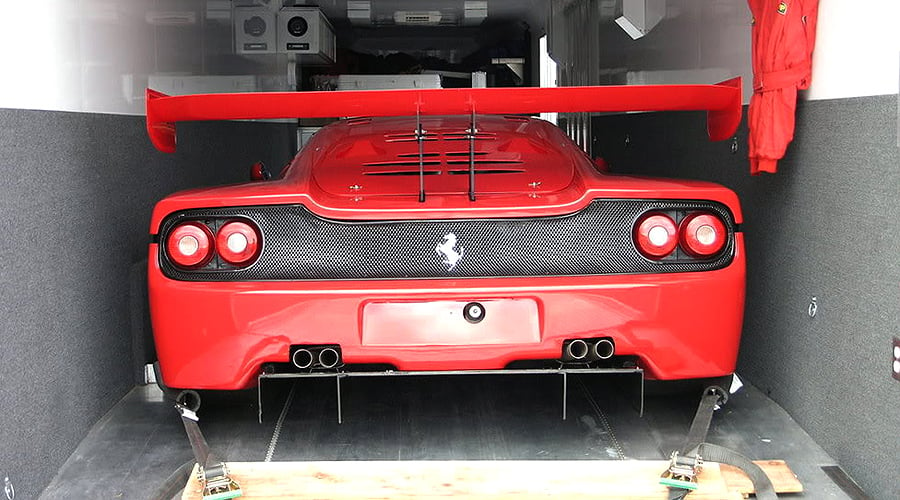As is so often the case, it was motor racing’s homologation process that gave birth to the F50 GT - and was also the reason for the project’s cancellation. This was despite some blistering testing times for the 750bhp machine set by factory test driver, Nicola Larini.
Ferrari, with its F40 GTE, had provided privateers with a strong and powerful car for the BPR Global GT Endurance Series, the precursor to the FIA GT Championship. Against the McLaren F1, though, it lacked outright pace. And when Mercedes-Benz returned with the very first CLK-based mid-engined racing cars it was pushed yet further down the grid.



So the decision was taken to use the company’s then-current limited-series supercar, the F50, as a homologated basis on which to create a successor to the F40 GTE. Given that the car's suspension and engine points all bolted directly to its stiff chassis tub, the F50 was well on the way to being a perfect racing car. It was, in any case, intended to be a two-seat version of Maranello’s contemporary Formula 1 single-seaters, a vehicle meant to give owners the closest possible experience to driving an actual GP car.
Taking a standard F50, Ferrari, using its long-time customer racing partners Michelotto, Dallara and others, increased the 4698cc V12’s power by at least 200bhp, installed a six-speed sequential gearbox with carbonfibre clutch-plates, and reduced the overall weight by 200kg. Suspension was now fully adjustable.

Visually, the F50 GT ran in coupé form only, with a lower stance, Speedline light-alloy wheels, a rear diffuser and massive rear wing – the model’s defining feature.
In testing, it proved incredibly quick at Fiorano, comfortably beating times already set by a full-race prototype 333 SP.
Sadly, with six chassis built and one car completed, the project was cancelled. The reason? Homologation again. With a slight change in the rules, Porsche, McLaren and Mercedes were able to build impossibly expensive and impractical ‘evolution’ versions of their road-based racing cars. Ferrari would have been in trouble before the F50 GT had even turned a wheel.
Of the six chassis, only three were built as finished cars, the rest scrapped. The three completed ones were sold to Ferrari’s best clients on the strict condition that they were never raced. You can see one here.
We are indebted to Classic Driver dealer David M. Gizzi, of Euro-Classics, for sharing the information and photographs of one of these very special, super-rare Ferraris. Faster than an Enzo or McLaren F1 road car, harder to find than any F40, 288 GTO or F50 road car, the F50 GT remains one of Ferrari’s best-kept secrets.
Euro-Classics is able to offer for sale one of these three F50 GTs. For further details, call David M. Gizzi on +1 831 626 6050 or email [email protected].
Photos: Euro-Classics







